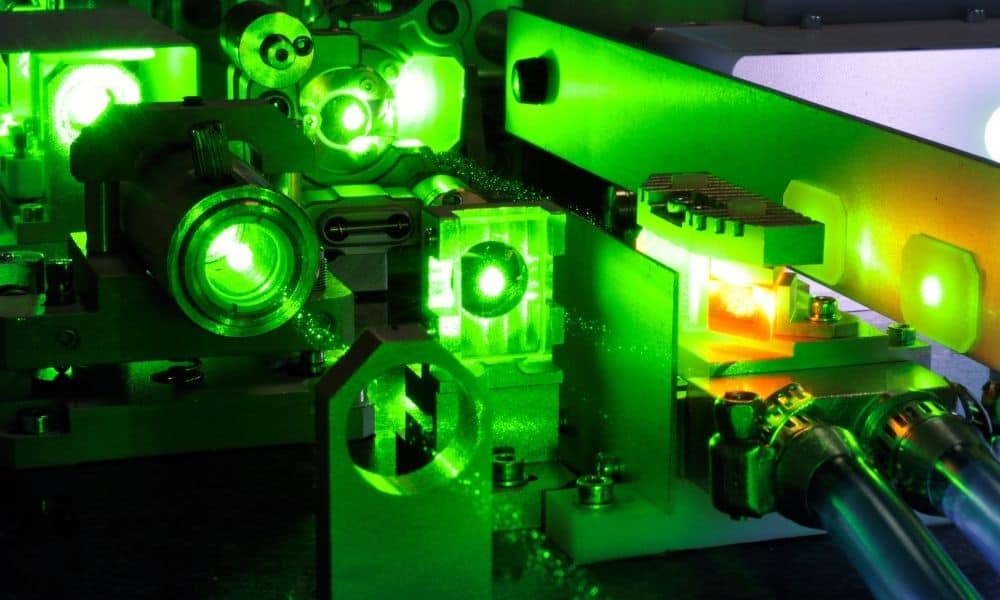
Lasers are all around us, and we use them for various reasons, but each of the following five types of lasers best serves different tasks. Many scientists and engineers use semiconductors or laser diodes for specific jobs because they are fairly easy to handle. Keep reading for more information on the five common types of laser diodes used in science.
Fabry-Pérot
The Fabry-Perot (FP) laser diode is the most common type of laser diode in the market today, utilizing a Fabry-Pérot interferometer as a laser resonator. FP lasers are edge-emitting devices, and their frequency is determined by spacing between the mirrors at each end of the laser. FPs can be both single and multi-mode and are used in a wide range of applications.
Distributed Feedback
Distributed Feedback (or DFB) Lasers utilize a Bragg grating in the laser medium to provide single-frequency output and narrow linewidth, although generally at lower powers. DBFs are available in a wide range of wavelengths well into the IR region, both with free-space and fiber-coupled options and have found widespread use in telecommunications applications.
Distributed Bragg Reflector
A Distributed Bragg Reflector (DBR) laser diode is similar to a DFB, with the key difference being the location of the grating. The DFB uses a buried grating, while the DBR uses an exposed encapsulated grating. The result is a generally higher power levels and greater efficiency due to reductions in defects during the manufacturing process. Due to the construction of the DBR, mode hopping is also far more predictable than a DFB, although the range between hops in narrower. This predictability allows for more accurate characterization of the DBR performance.
Quantum Cascade
Unlike semiconductor lasers, which rely on the material band gap to emit laser radiation, Quantum Cascade lasers (QCLs) use intersubband transitions in a repeated stacks of semiconductor layers to produce light. QCLs generally operate in the mid- to upper-IR region, an area of operation well suited for material analysis and detection. As such, commercial applications such as real-time emissions analysis as well as military applications such as stand-off IED detection often employ QCL lasers.
VCSELs
Unlike laser diodes, which emit light from the side of the chip, Vertical Cavity Surface Emitting Lasers (VCSELs) have an emitting region perpendicular to the top surface of the chip, hence their name. A single VCSEL can be used to achieve very high beam quality, or multiple VCSELs can be arrayed to increase total output power as well as improved long-term reliability. Individual VCSELs are generally quite low power, but their lower power consumption and higher reliability have made them very suitable for use in mobile and sensing applications as well as integration into high-speed electro-optical circuits.
Shop at Arroyo Instruments
As a laser diode driver and temperature controller manufacturer, Arroyo Instruments has everything you need to use your laser diode. We sell high-quality diode drivers, temperature controllers, and laser diode mounts that are precise and easy to use. If you rely on laser technology, ensure you have the right instruments for your system to function.